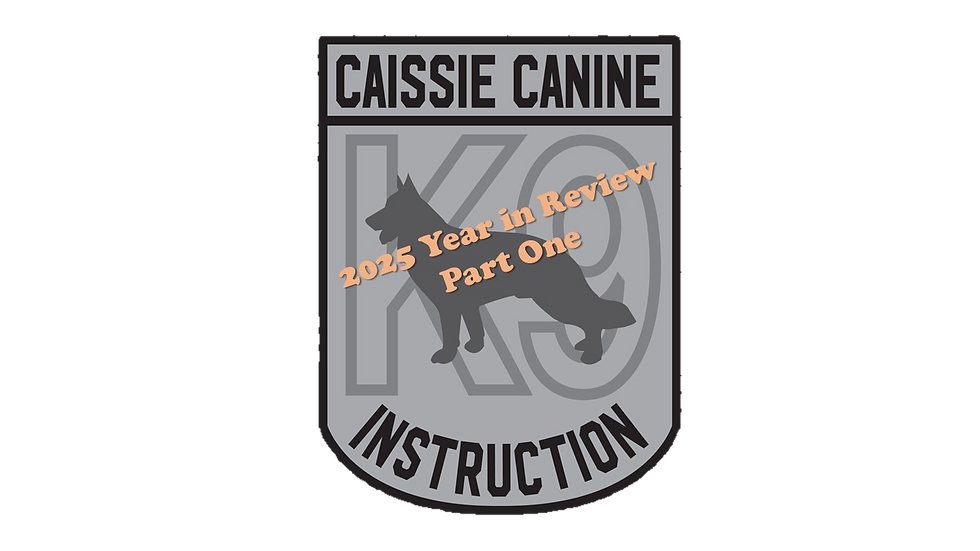Caissie Canine Instruction: What is Microchipping?
- caissiecanineinstr

- Jul 11, 2022
- 3 min read

We begin this week’s “RUFF TAILS” featuring two beautiful K9’s. Six-year-old Juno and two-year-old Goose.
We are both rescues, and mom and dad say we are happy dogs, with tons of energy.


My mom and dad say I, Goose, is well behaved on my walks and now sleeps in my crate. I can eat my meals in about 20 seconds. LOL.
Mom says I suit my name, as she calls me a “Silly GOOSE”
*******************************BONUS FEATURE*********************************
K9 CORNER WITH PAUL CAISSIE
Many of our clients will ask me what they can do with their dogs to give them a “job”.
Well, here is the good news, there are working profiles you can explore. Before you start any training program, we must do a full assessment. This assessment would then answer the question if this would be a viable option for you and your K9.
The reason for this, is your K9 should have a high food or ball drive to motivate for the desired program.
I have recently work with a client and their K9, in which the dog had no food or ball drive. The client insistent in moving forward in the profile of personal protection. It took a dedicated client with a personalized program, a lot of “homework” to get the results. In a few months this K9 team will be receiving a C.C.I. Level 3 Personal Protection Dog Certificate.
There are other K9 “jobs” that our clients undertake, such as tracking, area search, and scent work. We have many graduates, privately and corporately certified in these profiles. Some of these K9 teams perform in an employed capacity.
Dogs love to be engaged and live each day with a purpose. Therefore, I love my job because every day I get the pleasure to work with these amazing dogs and all their unique personalities. I haven’t met a dog I didn’t like. LOL.
*********************EVERY DAY IS A TRAINING DAY**************************
Welcome to Doggie Dialogue

The microchip is about the size of a grain of rice, that is injected under the loose skin between your dog’s shoulder blades.

The microchip is implanted with a needle or special syringe, like a vaccination. Most dogs will barely notice it and experience no pain.
The microchip carries a unique identification number. The microchip requires no battery, no power, and no moving parts. The microchip uses passive radio-frequency technology (referred to as RFID tags) that can be scanned by a shelter, or veterinarian office.

Your microchip must be registered with a national recovery pet database or microchip registry for it to be beneficial for you and your K9. When the shelter/vet scans the microchip, they can look up the name of the pet owners, retrieve contact information and their phone number.
Should your dog get lost or stolen, many times the collars, harness, or tags can break off or be removed. A microchip will permanently identify your pet whether lost or stolen.
Microchips are not G.S.P. tracking systems. Microchips stay dormant until activated by the radio frequency scanner, which most vets and shelters have on location.

Microchipping is not expensive, roughly around $50.00 which includes the injection procedure as well as microchip registration. Most microchips will last up to 25 years.
Studies have shown that lost dogs that are microchipped, have a 52% chance of being returned to their owner. (Not microchipped 21%)

The great thing about the microchip is that they cannot be misread, and the identification number is tamper-proof.




Comments